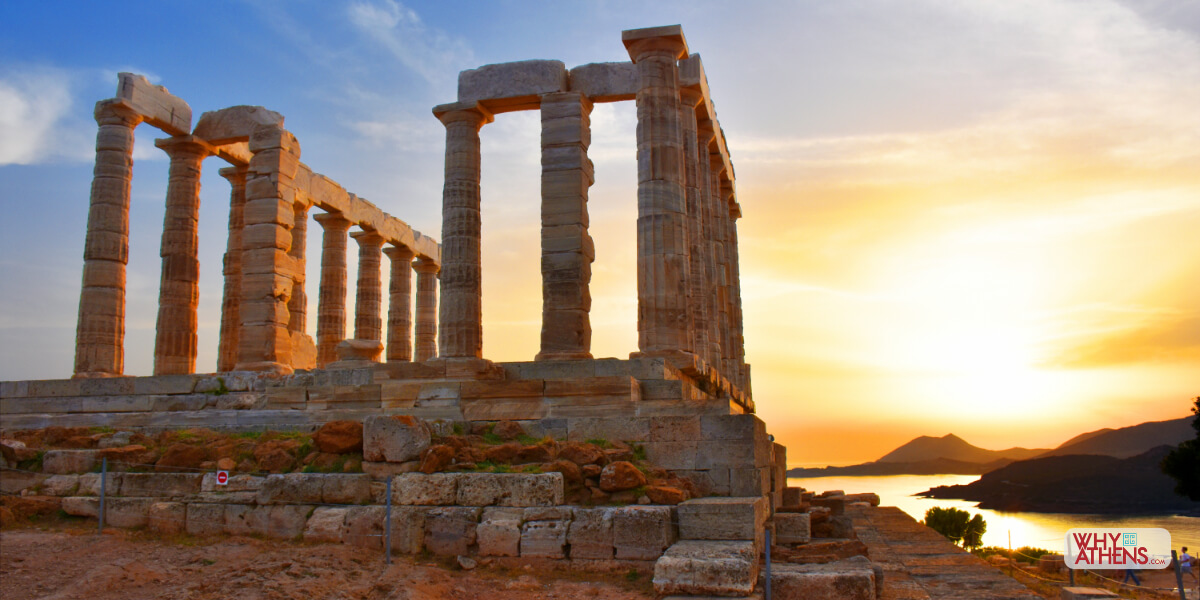Perched atop a dramatic cliff at the southern tip of the Attica peninsula, the Temple of Poseidon at Sounion stands as an enduring testament to ancient Greek civilization and its reverence for the sea god Poseidon. Constructed during the golden age of Athens in the 5th century BCE, the temple’s majestic white marble columns and harmonious Doric architecture have captivated visitors for millennia.
The Temple of Poseidon’s significance extends beyond its architectural beauty. It served as a beacon for seafarers navigating the Aegean Sea, guiding them safely to the harbor of Athens. The temple’s strategic location also made it a crucial military outpost for the Athenians, protecting their maritime trade routes and asserting their dominance over the region.
Today, the Temple of Poseidon stands as one of the most iconic landmarks in Greece, attracting visitors from around the globe. Its weathered columns, gracefully eroded by the sea breeze and the passage of time, evoke a sense of awe and admiration for the ancient Greek civilization that built it.
As you approach the temple, the breathtaking panorama of the Aegean Sea unfolds before you. The endless expanse of blue, dotted with shimmering islands, provides a stunning backdrop to the temple’s white marble columns. The salty air carries the scent of the sea, mingling with the fragrance of wild thyme growing amidst the temple ruins.
Climbing the steep steps leading to the temple, you can imagine the bustling activity that once filled this sacred site. Worshippers would have gathered here to offer sacrifices to Poseidon, seeking his protection and blessings for their sea voyages. The temple’s priests would have conducted rituals and ceremonies, honoring the sea god and maintaining the spiritual connection between the Athenians and their maritime

